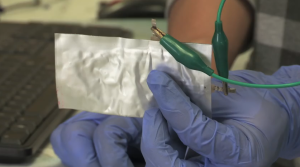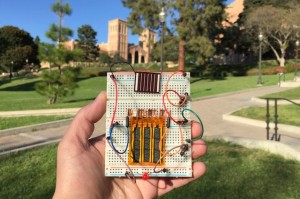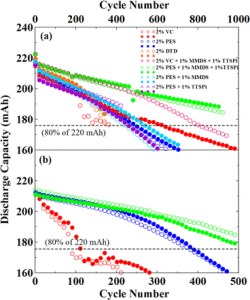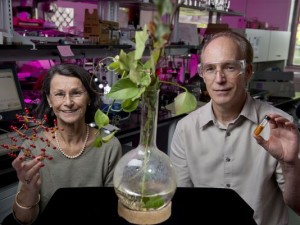
A research team from Standford University has developed a high-performance aluminum battery.
Image: YouTube/Stanford University
Researchers have been attempting to make a commercially viable aluminum-ion battery for years. Now, a team from Stanford University may have developed just the thing to outpace widely used lithium-ion and alkaline batteries.
The new aluminum-ion battery demonstrates high performance, a fast charging time, long-lasting cycles, and is of low cost to produce.
“We have developed a rechargeable aluminum battery that may replace existing storage devices, such as alkaline batteries, which are bad for the environment, and lithium-ion batteries, which occasionally burst into flames,” said Hongjie Dai, a professor of chemistry at Stanford.
The researchers were able to achieve this novel battery by applying graphite as the cathode material.







